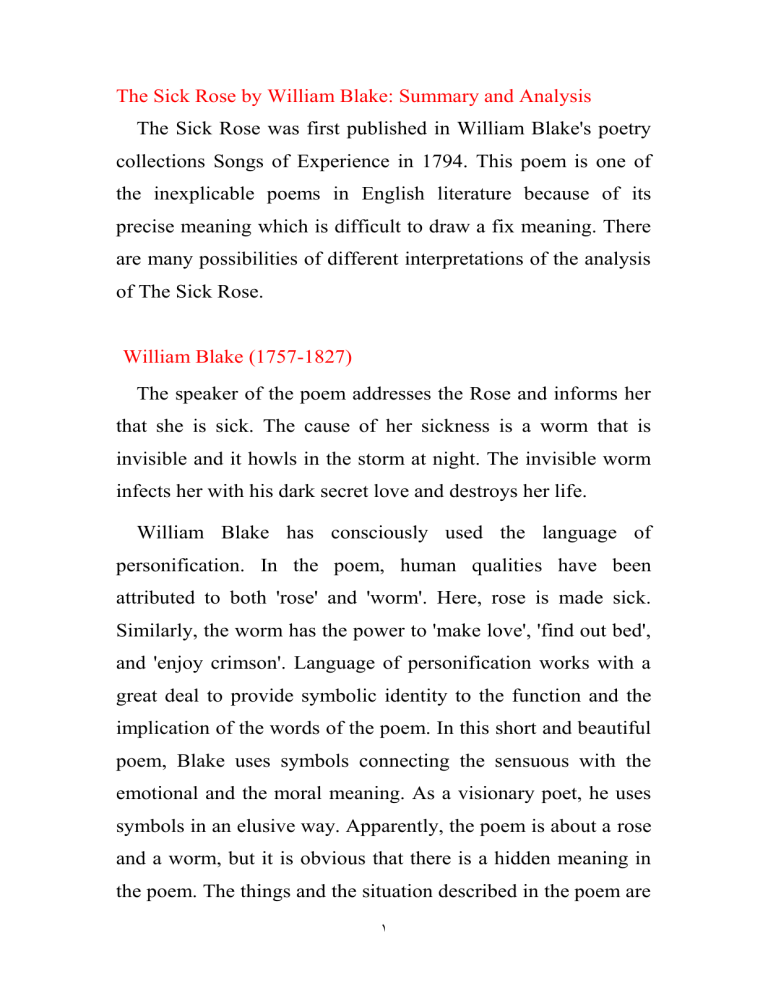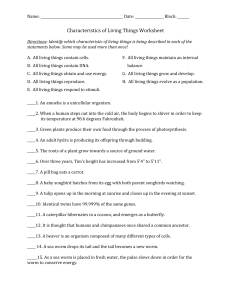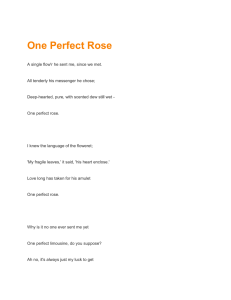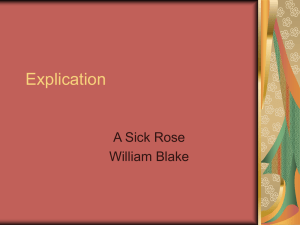
The Sick Rose by William Blake: Summary and Analysis The Sick Rose was first published in William Blake's poetry collections Songs of Experience in 1794. This poem is one of the inexplicable poems in English literature because of its precise meaning which is difficult to draw a fix meaning. There are many possibilities of different interpretations of the analysis of The Sick Rose. William Blake (1757-1827) The speaker of the poem addresses the Rose and informs her that she is sick. The cause of her sickness is a worm that is invisible and it howls in the storm at night. The invisible worm infects her with his dark secret love and destroys her life. William Blake has consciously used the language of personification. In the poem, human qualities have been attributed to both 'rose' and 'worm'. Here, rose is made sick. Similarly, the worm has the power to 'make love', 'find out bed', and 'enjoy crimson'. Language of personification works with a great deal to provide symbolic identity to the function and the implication of the words of the poem. In this short and beautiful poem, Blake uses symbols connecting the sensuous with the emotional and the moral meaning. As a visionary poet, he uses symbols in an elusive way. Apparently, the poem is about a rose and a worm, but it is obvious that there is a hidden meaning in the poem. The things and the situation described in the poem are 1 all symbolic. They imply something more than what they are. Blake uses contrast as a poetic device to convey his meaning. Thus, rose and worm, joy and destroy are paired off. Both good and virtues are indicated by the number of words in the poem. Evil is indicated by a number of words: sick, worm, night, howling storm, dark, secret, destroy. The worm stands for evil. It also connotes the ideas of lust, sin, destruction, corruption, and death. The worm is a mystery as it is described as "invisible". It is engaged in secret activities: finding the bed, expressing dark and secret love. The rose stands for purity, innocence, beauty, ignorance, and so on. The innocent rose is ruined by an experienced worm. The rose is a thing of beauty, which is ruined by jealousy, and sexual passion of the worm. The rose is a symbol of love, which is destroyed by selfishness. A crimson rose has been entered, sickened, and destroyed by a worm. This destruction may symbolize the destruction caused by secrecy, deceit, hypocrisy, and pain. In The Sick Rose, the secrecy of love becomes a disease. The crimson joy' suggests rose's complicity both in passion and in secrecy. So the poet has compared sick love with sick rose. The love of a demon (worm) is nothing meaningful and hopeful rather it is mystic and tragic, painful and destructive. If the poem is looked through feminist perspective, the worm can be patriarchy. Patriarchy is all-powerful and capable to destroy woman race. The worm symbolically presents Biblical 2 serpent and it is the symbol of corruption, moral degradation and it is something that is a destroyer and an exploiter. The male worm and female rose have a Freudian significance. The worm is invisible, a hidden and repulsive thing. Scientifically speaking, there is no worm, which flies in the night and in howling storm. It is an earthbound insect. The image worm suggests phallus. It visits rose secretly. "Howling storm" symbolizes a chaotic and beastly emotional crisis going on about him while he takes his dark flight. The words night, invisible worm, howling storm, dark and secret love, and destroy connote sexual intercourse between a rose and a worm. In psychoanalytic criticism, the worm stands for phallic image. It stands for the male sexual organ. A woman feels herself inferior and insecure due to that sexual organ. A rose is attacked on a stormy night by a destructive worm. Its images carry a weight of secondary associations. We may say that it refers to the destruction of love by selfishness, of innocence by experience, of spiritual life by spiritual death. The poem has been presented as the love that is destructive like a worm. The tragic tone of the love is the central part of the poem. The speaker of the poem is telling the destructive love by comparing the mystic and tragic love affair of the couple. One is compared with sick rose and another is compared with the destructive worm, which visits at the night time. 3 The poem is short and sweet having the figurative voice. The poet has attributed the high quality of the human world as male and female. So this poem is the poem of high sound of the human world with destructed life. “The Sick Rose” Summary The speaker, addressing a rose, informs it that it is sick. An “invisible” worm has stolen into its bed in a “howling storm” and under the cover of night. The “dark secret love” of this worm is destroying the rose’s life. Form The two quatrains of this poem rhyme ABCB. The ominous rhythm of these short, two-beat lines contributes to the poem’s sense of foreboding or dread and complements the unflinching directness with which the speaker tells the rose she is dying. Commentary While the rose exists as a beautiful natural object that has become infected by a worm, it also exists as a literary rose, the conventional symbol of love. The image of the worm resonates with the Biblical serpent and also suggests a phallus. Worms are quintessentially earthbound, and symbolize death and decay. The “bed” into which the worm creeps denotes both the natural 4 flowerbed and also the lovers’ bed. The rose is sick, and the poem implies that love is sick as well. Yet the rose is unaware of its sickness. Of course, an actual rose could not know anything about its own condition, and so the emphasis falls on the allegorical suggestion that it is love that does not recognize its own ailing state. This results partly from the insidious secrecy with which the “worm” performs its work of corruption—not only is it invisible, it enters the bed at night. This secrecy indeed constitutes part of the infection itself. The “crimson joy” of the rose connotes both sexual pleasure and shame, thus joining the two concepts in a way that Blake thought was perverted and unhealthy. The rose’s joyful attitude toward love is tainted by the aura of shame and secrecy that our culture attaches to love. 5


